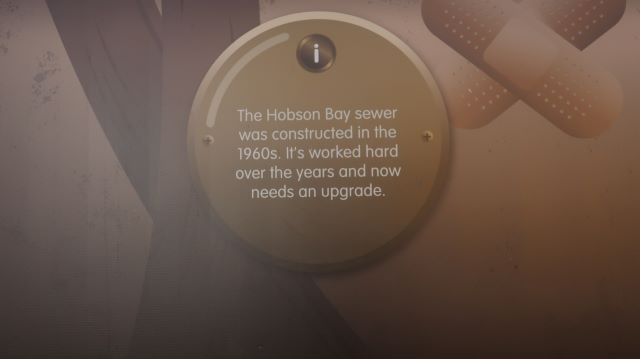
Sewer, Scienceworks, Spotswood and STEM
This week an event at Scienceworks in Spotswood marked the next phase in the Hobsons Bay Main sewer project. Shafts having been completed, the Tunnel Boring Machine (TBM) will soon to begin its 670m crossing of the Yarra River from Spotswood to Westgate Park to lay a new sewer.
This vitally important infrastructure project is being undertaken by Melbourne Water with John Holland. The existing sewer, built in the 1960s, has deteriorated. A second sewer will be built alongside it. When the new sewer is in place, the 1960s sewer will be rehabilitated. The new and refurbished sewers will cater for Melbourne’s anticipated growth for several decades.
Jungala Ellis and Eric Edwards from the Bunerong Land Council welcomed guests to Country and offered a smoking ceremony.
The TBM was named Lucey by students from nearby Spotswood Primary School. They chose the name from their research, they said in response to a question from Harriet Shing, the Minister for Water. Their research had led them to Lucey Alford, the first female scientist and bacteriologist employed at Spotswood in 1941 to investigate corrosion in the concrete of the sewer.
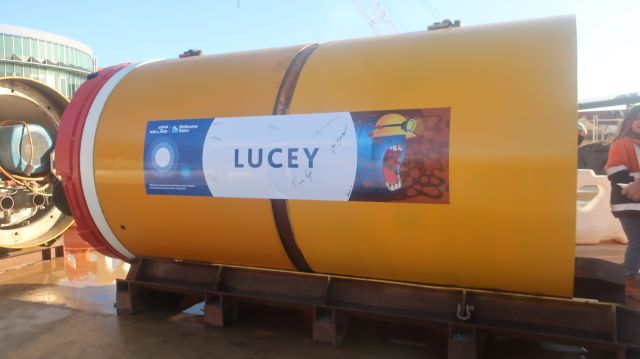
Newly named Lucey has worked on several other sewer projects. She has been refurbished and redeployed for this project with a new cutter head to meet the geological conditions under the Yarra River.
To one side, but central to the proceedings, was a statue of St Barbara, the patron saint of tunnellers and miners. St Barbara’s good luck is still widely invoked in tunneling projects around the world. She will accompany the project.
The large worksite at Spotswood is surrounded by a cheerful, energetic, hoarding which has been used to tell the story of sewage and the history of the Spotswood Pumping Station. Scienceworks has not shied away from the poo, choosing instead to embrace the learning opportunities the project offers in STEM.
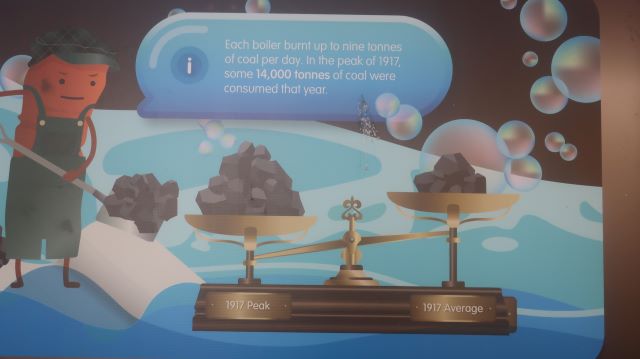
If ‘you can only be what you can see’, as Marian Wright Edelman2 said, this day would have had a profound influence on the school students present who signed their names on the TBM.
As impressive as the technical aspects of the project are, the leadership and representation of women on the project stood out.
Managing Director of Melbourne Water, Dr Nerina Di Lorenzo opened proceedings. Harriet Shing, Minister for Water, interviewed the students who had chosen the name Lucey. Local members for Williamstown and Albert Park, Melissa Horne and Nina Taylor MPs attended. Melissa Horne MP is also the Minister for Ports and Freight and the Minister for Local Government. Michelle Nation from John Holland represented the steering group for the project.
50% of the workforce on the project are women. In the construction industry in general, the percentage of women is more like 12%.
Changing tack
The first connection to the sewerage system was made in Port Melbourne, at the All England Eleven, on 17 August 1897. A plaque commemorating this significant milestone in public health is laid into the footpath in Princes St near Rouse St.
1 Lucey Alford and all of the laboratory staff at Spotswood were transferred to new purpose-built M.M.B.W. Laboratories for both the Sewerage and Water Supply Divisions in Wells Street, South Melbourne in 1943. There Lucey continued to work as a bacteriologist and later as manager of the Water Supply laboratories for twenty years until her retirement in 1975.
2 Marian Wright Edelman, founder and President of the Childrens’ Defense Fund, The History Makers.
4 Comments
-
-
meyer
Great Story, The city would perish without these structures and their engineers. Also dangerous per the disaster of the first tunnel.


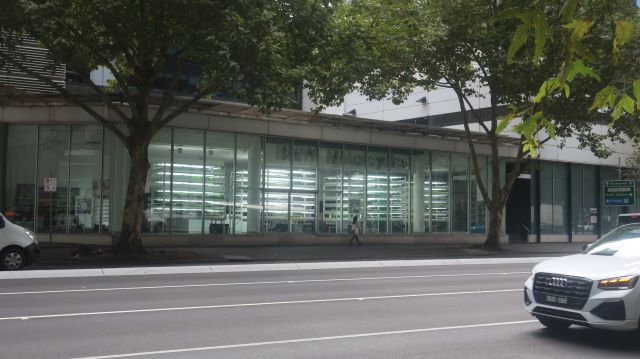
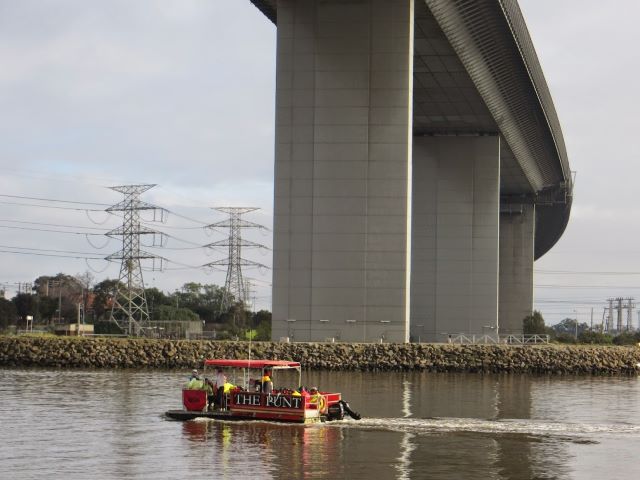
Anne
Terrific story Janet. Love the connections with women in science and politics and construction.